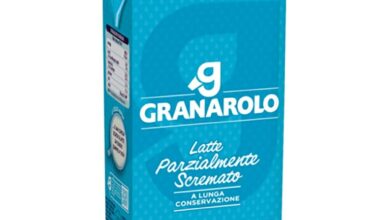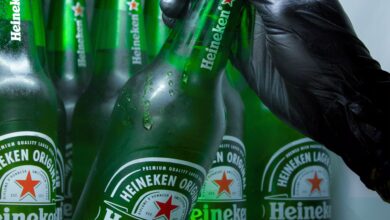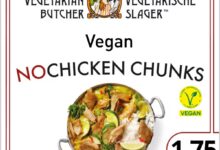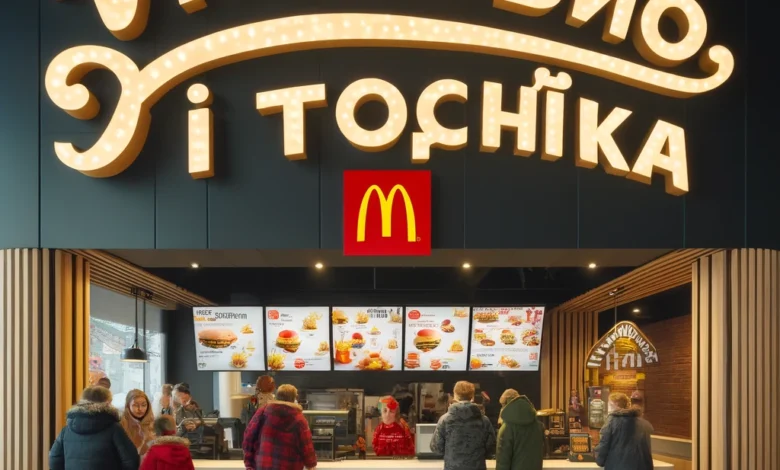
The geopolitical landscape has dramatically shifted in recent years, leading to profound impacts on various sectors of the Russian economy. One of the most affected areas is the food retail sector, which has experienced significant changes due to European sanctions. These sanctions, imposed in response to political tensions, have altered the availability and variety of products on the shelves of Russian stores, reshaping consumer behavior and market dynamics.
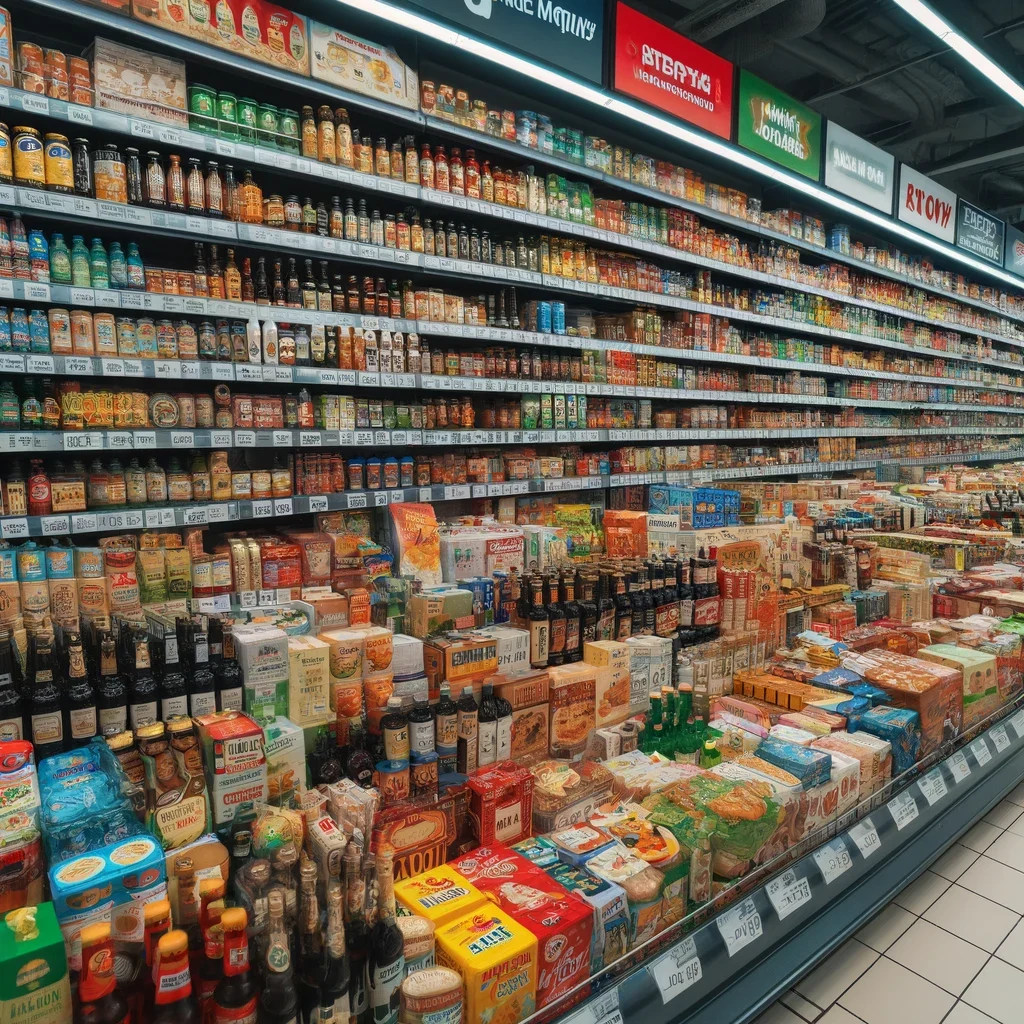
The Current Situation for Russian Food Retailers
Russian food retailers are facing a unique set of challenges brought about by European sanctions. These sanctions have restricted the import of numerous food products from Europe, forcing retailers to seek alternatives. The result has been a noticeable shift in the origin of many products available in stores. Where once there was a plethora of European goods, now there is an increasing presence of locally produced items and imports from non-European countries.
The sanctions have compelled Russian retailers to diversify their supply chains, sourcing from countries in Asia, Latin America, and Africa. This diversification has helped mitigate some of the supply disruptions but has also led to increased costs due to longer supply chains and higher transportation expenses. Consequently, consumers are seeing higher prices for many imported goods, although local products remain relatively stable in price.
The Biggest Russian Food Retailers and Their Adaptations
- X5 Retail Group: As Russia’s largest food retailer, X5 has been significantly impacted by the sanctions. The company, which operates the Pyaterochka, Perekrestok, and Karusel chains, has increased its focus on local suppliers. X5 has invested in developing its own private-label products and expanding partnerships with Russian farmers and food producers to ensure a steady supply of goods.
- Magnit: Another major player, Magnit has faced similar challenges. The retailer has ramped up efforts to source products domestically and from non-European countries. Magnit has also expanded its logistics network to handle the increased complexity of its supply chain, ensuring that its stores remain well-stocked despite the sanctions.
- Lenta: Known for its hypermarkets and supermarkets, Lenta has adapted by diversifying its product range. The retailer has introduced more locally produced items and non-European imports to replace the European goods affected by the sanctions. Lenta has also focused on competitive pricing to retain customer loyalty amidst rising costs.
- Auchan Russia: Although Auchan is a subsidiary of the French multinational, its Russian operations have had to adjust to the sanctions. Auchan Russia has increased its reliance on local producers and suppliers, emphasizing fresh produce and private-label products. The retailer has also been active in promoting Russian goods to support the domestic market.
- Dixy: Dixy, operating primarily in the discount segment, has felt the impact of the sanctions acutely. The company has responded by strengthening relationships with Russian suppliers and exploring new sourcing opportunities outside Europe. Dixy has focused on maintaining affordability for its customers by managing costs and optimizing its supply chain.
European Brands on the Shelves
Despite the sanctions, some European brands are still found on Russian shelves. These brands have managed to navigate the complex landscape through various strategies. One common approach has been to shift production to countries not subject to the sanctions, thereby circumventing the restrictions. For example, some European companies have moved part of their manufacturing to Turkey, Serbia, or Kazakhstan, allowing them to continue supplying the Russian market.
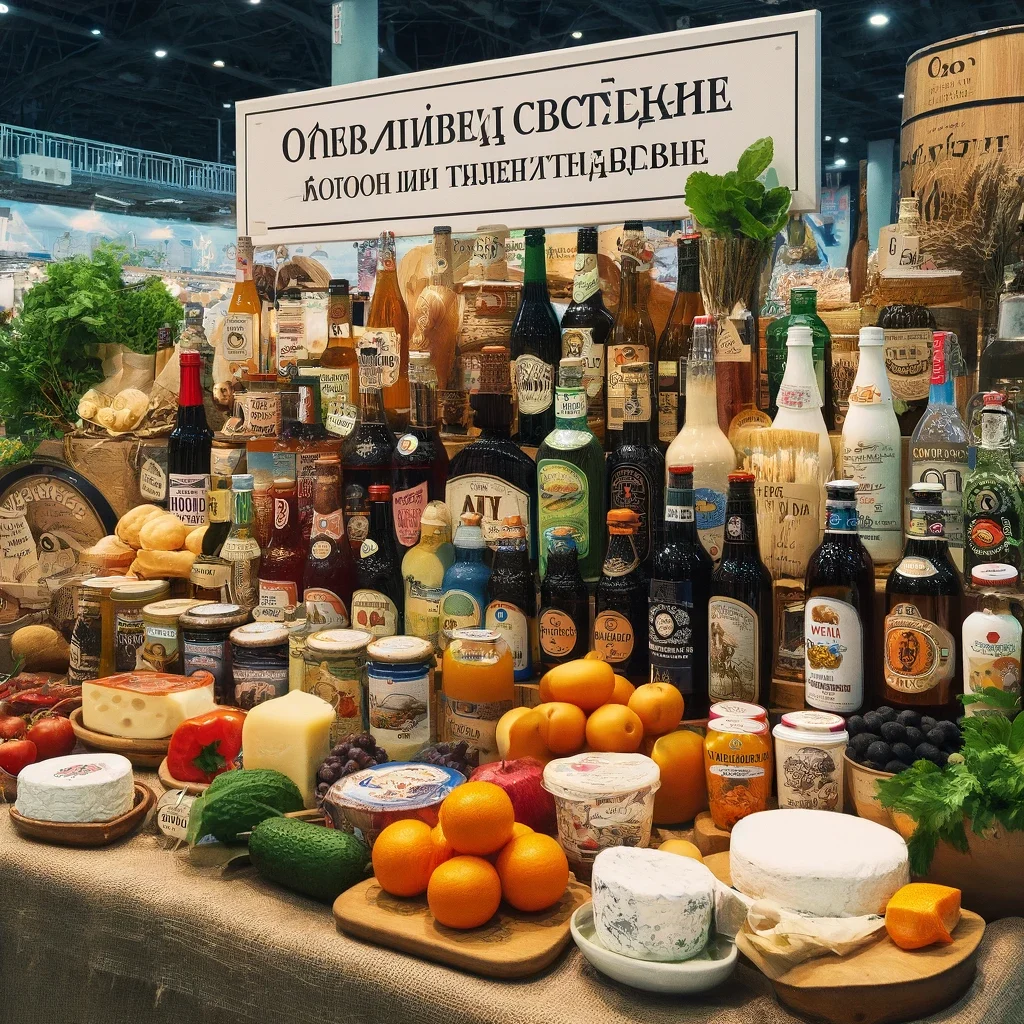
Additionally, some European brands have formed joint ventures with Russian companies. By partnering with local firms, these brands can produce their goods within Russia, avoiding the need for imports and thus bypassing the sanctions. This approach not only helps maintain brand presence but also supports the local economy by creating jobs and investing in domestic production.
Moreover, grey market imports, although technically illegal, have also played a role in keeping certain European products available. These goods enter Russia through third countries, often at a premium price due to the added logistical complexities and risks involved.
Changes on the Shelves
The sanctions have had a profound impact on the variety of products available in Russian supermarkets. High-end European cheeses, wines, and delicacies have become scarce, replaced by locally produced alternatives and imports from countries that have not joined the sanctions. For example, Russian cheeses, which once struggled to compete with European varieties, are now seeing a resurgence in popularity and quality due to necessity-driven innovation and investment.
In the beverage sector, the absence of popular European wines and spirits has opened the door for increased local wine production, particularly in regions like Krasnodar and Crimea. Additionally, beverages from countries such as Chile, Argentina, and South Africa have found a new market in Russia.
Putin’s Vision for Local Food and Beverage Production
President Vladimir Putin has long advocated for the strengthening of Russia’s self-sufficiency in food production. The sanctions have provided a catalyst for realizing this vision. The Russian government has implemented various policies to support local agriculture and food production, including subsidies, grants, and tax breaks for farmers and food producers.
Putin’s vision extends beyond just coping with sanctions; it aims to transform Russia into a major player in the global food market. He envisions a future where Russia not only meets its own food needs but also becomes a significant exporter of high-quality agricultural products. This strategic push is reflected in the substantial investments being made in agricultural technology, infrastructure, and education.
The Response of McDonald’s and Starbucks
The departure of major Western food and beverage chains like McDonald’s and Starbucks from the Russian market has been one of the most visible impacts of the sanctions. Both companies decided to exit Russia as part of their broader response to the geopolitical situation, selling their operations to local entities.
McDonald’s restaurants have been rebranded as “Vkusno i tochka” (Tasty and That’s It), continuing to serve a similar menu but with an increased focus on sourcing ingredients locally. The rebranding effort has been largely successful, with customers adapting to the new name and slightly modified offerings.
Starbucks has also left Russia, with its stores now being operated under a different brand. Local entrepreneurs have taken over the coffee chain’s locations, maintaining the café culture but sourcing coffee beans and other products from new suppliers.
Conclusion
The impact of European sanctions on Russian food retailers has been multifaceted, leading to significant changes in the products available on store shelves and prompting a shift towards greater self-sufficiency in the food sector. While the sanctions have posed challenges, they have also spurred innovation and adaptation within the industry. The largest Russian food retailers, including X5 Retail Group, Magnit, Lenta, Auchan Russia, and Dixy, have responded by diversifying their supply chains and increasing reliance on local production. Under Putin’s vision, Russia is leveraging these challenges to build a more resilient and independent food production system, aiming for long-term growth and stability. The departure of major Western brands like McDonald’s and Starbucks marks a significant shift, but the adaptation of local businesses and consumers underscores the resilience and resourcefulness of the Russian market. Despite the sanctions, some European brands remain on Russian shelves through strategic production shifts and joint ventures, demonstrating the complexity and adaptability of the global food market.





